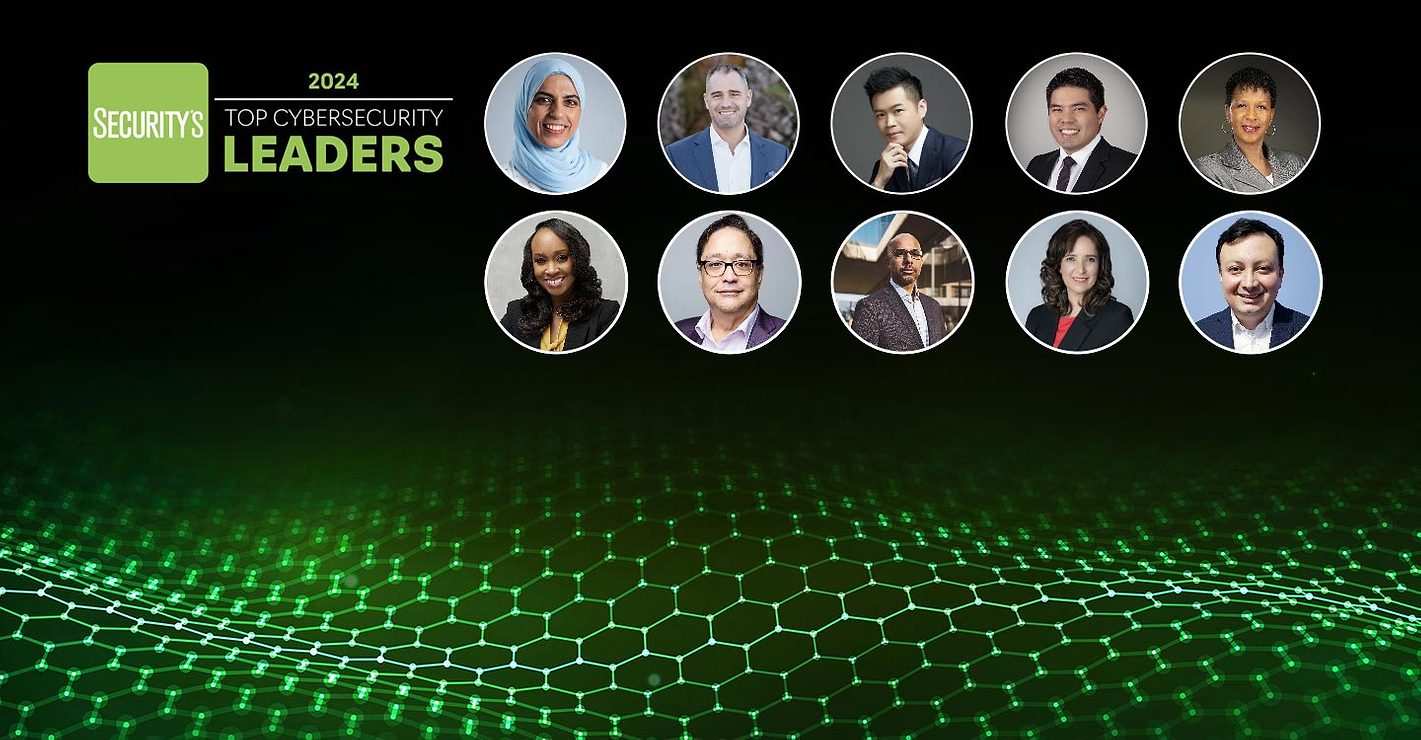Public and Private Security: Bridging the Gap


Like water and oil, day and night, rich and poor – public and private organizations couldn’t be more different, which is why they have shied away from forming partnerships. After all, what do they have in common? Actually, quite a bit. At a time when financial resources are scarce, yet security’s already critical role increases every day, federal, state and local government entities are looking more closely at public-private partnerships as a means of tapping the expertise and economic power of the private sector to make possible large projects that might otherwise not happen.
While such partnerships “are not the answer to all problems,” according to Richard Norment, executive director of the National Council for Public-Private Partnerships (NCPPP) in Arlington, Va. “But they are the answer to some of them. They are definitely an option that needs to be examined.”
“Increasing collaboration between government agencies and the private sector is one of the best ways to mitigate security threats against business,” states Sanford Hodes, vice president, Safety, Health & Security for Ryder.

Presidential Directives Encourage Cooperation
In some cases, mandates by the federal government almost force public agencies to find private sector counterparts with security related issues. For example, there are 25 Homeland Security Presidential Directives on matters pertaining to homeland security. They focus on organization and operation of the Homeland Security Council (HSPD-1); national preparedness (HSPD-8) to identify steps for improved coordination in response to incidents; a policy for a common identification standard for Federal employees and contractors (HSPD-12), which establishes a mandatory, government-wide standard for secure and reliable forms of identification issued by the federal government to its employees and contractors (including contractor employees); a martime security policy (HSPD-13), public health and medical preparedness (HSPD-22); and a national cyber security initiative (HSPD-23).
The HSPD-12 mandate also deals with E-Verify, which is an online system operated jointly by DHS and the Social Security Administration (SSA) where employers can check the work status of new hires online by comparing information from an employee’s I-9 form against SSA and DHS databases.
An Essential Partnership
In another example of a solid venture between public and private entities, (HSPD-7) and the National Infrastructure Protection Plan (NIPP) provide a structured partnership between government and the private sector for protection of our nation’s Critical Infrastructure and Key Resources (CIKR).
The Office of Infrastructure Protection (IP) is a component within the National Programs and Protection Directorate, which leads the coordinated national program to reduce risks to the nation’s CIKR posed by acts of terrorism, and to strengthen national preparedness, timely response and rapid recovery in the event of an attack, natural disaster, or other emergency.
• Identify and analyze threats and vulnerabilities.
• Coordinate nationally and locally through partnerships with both government and private sector entities that share information and resources.
• Mitigate risk and effects (encompasses both readiness and incident response).
Critical infrastructure security directors need to know what the specific risks are in their locations and to their industries; how to coordinate with others within and across sectors and share vital information; and to prepare, protect and respond. IP addresses these needs through the NIPP, which etablishes a partnership structure for coordination across 18 CIKR sectors, and a risk management framework to identify assets, systems, networks, and functions whose loss or compromise pose the greatest risk.
Local Partnerships are Valuable, Too
Just as partnerships on the federal level have shown success, there is potential in state and local government relationships as well.
Mark Warrington, public safety manager for the Portland Parks & Recreation Department, says, “We work on a daily basis with private security in many different ways – it supplements our police patrol. We have 250 parks and 10,000 acres of property to secure, so the supplemental patrol is helpful, not only to us but to the Portland police department.
In Minneapolis, Minn., private security firms are involved in every construction meeting that involves a city building, says Kirk D. Simmons, Hennepin County security manager, Property Services Department.
“It’s not about working in our little world; it’s about working with various sources and gathering information with private firms as well. Every aspect of what we do is to develop and maintain relationships with private vendors to get our work done,” Simmons says.
Olympic-sized Security
While the Winter Olympics in Vancouver, BC, Canada earlier this year was filled with fanfare, sportsmanship and athleticism that thrilled us all, behind the scenes, security was a high priority.
International Crowd Management (ICM), a private event security company in Western Canada, helped the city protect a celebration center, the Ozone on the Olympic Festival site that was on 50+ acres of city land for visitors to see the Olympics. ICM gave an initial bid based upon standard crowd management/security architecture used at large events like concerts. Unfortunately, the quote was too expensive for the city budgets – it was actually funding the celebration center and had no ticket revenue to pay for ICM security. ICM researched other options and found Videofied and “blended video” architecture that combines Videofied MotionViewers with security video cameras. ICM requited blended video from Videofied and was able to reduce the quote to the city by 30 percent. The systems were used for perimeter protection and asset protection.
First Air Cargo Security Summit a Success
The Global Trade and Commerce Association, a non-profit organization providing educational programs on global trade, hosted the first Air Cargo Security Summit to educate companies certified under the U.S. Transportation Security Administration’s (TSA) Certified Cargo Screening Program (CCSP) and to help them meet the government’s mandate to screen 100 percent of all cargo aboard commercial airlines by August 3, 2010.
TSA’s Marc Rossi and Doug Foster were on hand to answer questions about the role the CCSP will play in overcoming the hurdles inherent in a 100 percent screening requirement.
“The industry has a lot of work to do,” said Rossi, a branch chief for the TSA’s Certified Cargo Screening Program. “There will not be enough Certified Cargo Screening Facilities to meet the demands of the supply chain at the current rate of certification. Programs like this are essential if we are to meet the deadline. It was good to see so many people at this summit, but there should have been over a thousand here.”
Thomas C. McDaniels, Jr., senior professional staff, Committee on Homeland Security, U.S. House of Representatives; Jennifer Arangio, Republican Counsel, Committee on Homeland Security, U.S. House of Representatives; and Holly E. Woodruff Lyons, Republican Staff Director and Senior Counsel, Subcommittee on Aviation, House Transportation and Infrastructure Committee were the guests of honor and speakers at the first day’s luncheon. Everyone on the panel mentioned that they came to hear from the private sector and to learn more about the issues related to the industry working with the CCSP. They felt that they needed to hear industry’s concerns regarding meeting the mandate and to take them back to Congress. “Homeland Security needs to be a public/private partnership. We need a balance between security and the free flow of commerce,” said Arangio.
New Physical Security Standards Released for Federal Buildings
Almost 15 years after the April 19, 1995, bombing attack on the Murrah Federal Building in Oklahoma City, the DHS-led Interagency Security Committee has released new standards for protection of federal buildings. The Physical Security Criteria for Federal Facilities “establishes a baseline set of physical security measures to be applied to all federal facilities and provides a framework for the customization of security measures to address unique risks at a facility. These baseline measures provide comprehensive solutions in all five areas of physical security, including site, structural, facility entrance, interior, security systems, and security operations and administration.”
Take It With You – Everywhere
Here’s yet another reason to justify having your cell phone or iPhone with you at all times: with the Cell-All initiative, spearheaded by the DHS Science and Technology Directorate (S&T), Cell-All aims to equip your cell phone with a sensor capable of detecting deadly chemicals at minimal cost – to the manufacturer ($1 a sensor) and to your phone’s battery life. “Our goal is to create a lightweight, cost-effective, power-efficient solution,” says Stephen Dennis, Cell-All’s program manager.
How would this work? Cell-All regularly sniffs the surrounding air for certain volatile chemical compounds, and when a threat is sensed, such as a chlorine gas leak, a warning is sounded. For catastrophes such as a sarin gas attack, details – including time, location, and the compound – are sent to an emergency operations center.
And S&T is pursuing cooperative research and development agreements with four cell phone manufacturers: Qualcomm, LG, Apple and Samsung. These written agreements, which bring together a private company and a government agency for a specific project, often accelerate the commercialization of technology developed for government purposes. As a result, Dennis hopes to have 40 prototypes in about a year, the first of which will sniff out carbon monoxide and fire.
Centers of Excellence (and Cooperation)
Public and private partnerships are not just limited to those specifically involved in the security industry. The nation’s leading experts and researchers are very much involved in securing our nation through the Homeland Security Act of 2002, which allowed DHS to create 16 Centers of Excellence (COE) to conduct multidisciplinary research and education for homeland security solutions. The Centers are authorized by Congress and chosen by the DHS Science & Technology Directorate (S&T) through a competitive selection process.
Each Center is led by a University in collaboration with partners from other institutions, agencies, laboratories, think tanks and the private sector.
The Center for Advancing Microbial Risk Assessment, led by Michigan State University and Drexel University established jointly with the U.S. Environmental Protection Agency, fills critical gaps in risk assessments for decontaminating microbiological threats, such as plague and anthrax, answering the question, “How Clean is Safe?”
The Center of Excellence in Command, Control and Interoperability, led by Purdue University (visualization sciences co-lead) and Rutgers University (data sciences co-lead) creates technologies to analyze massive amounts of information from multiple sources to detect security threats.
Looking for a reprint of this article?
From high-res PDFs to custom plaques, order your copy today!



